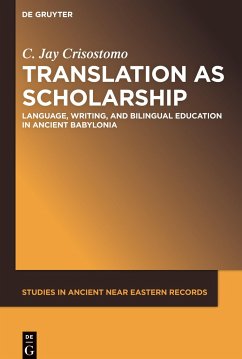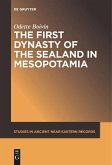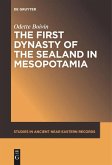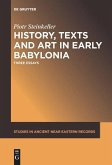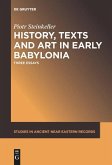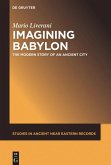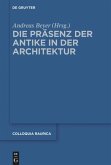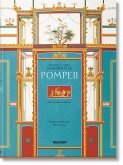In the first half of the 2d millennium BCE, translation occasionally depicted semantically incongruous correspondences. Such cases reflect ancient scribes substantiating their virtuosity with cuneiform writing by capitalizing on phonologic, graphemic, semantic, and other resemblances in the interlingual space. These scholar-scribes employed an essential scribal practice, analogical hermeneutics, an interpretative activity grounded in analogical reasoning and empowered by the potentiality of the cuneiform script. Scribal education systematized such practices, allowing scribes to utilize these habits in copying compositions and creating translations.
In scribal education, analogical hermeneutics is exemplified in the word list "Izi", both in its structure and in its occasional bilingualism. By examining "Izi" as a product of the social field of scribal education, this book argues that scribes used analogical hermeneutics to cultivate their craft and establish themselves as knowledgeable scribes. Within a linguistic epistemology of cuneiform scribal culture, translation is a tool in the hands of a knowledgeable scholar.
In scribal education, analogical hermeneutics is exemplified in the word list "Izi", both in its structure and in its occasional bilingualism. By examining "Izi" as a product of the social field of scribal education, this book argues that scribes used analogical hermeneutics to cultivate their craft and establish themselves as knowledgeable scribes. Within a linguistic epistemology of cuneiform scribal culture, translation is a tool in the hands of a knowledgeable scholar.
"[...] any Assyriologist dealing with issues of scribal education, translation theory, or lexical lists should consult Translation as Scholarship. Scholars dealings with Aramaic-Akkadian bilingual inscriptions, along with trilingual inscriptions, should also consult this volume. It establishes a foundation for OB scribal habitus at Nippur and its subsequent reception over two millennia. Perhaps future scholars will continue in Crisostomo's path, exploring how analogical hermeneutics changed over two millennia of Babylonian and Assyrian scholarship."
William Brown in: The Biblical Review (18.02.2019), https://thebiblicalreview.wordpress.com/2019/02/18/translation-as-scholarship-language-writing-and-bilingual-education-in-ancient-babylonia-by-c-jay-crisostomo/
"This book is an outstanding achievement of creative, well-informed, and deeply reflective scholarship, a truly impressive achievement, as well as very interesting reading." Benjamin R. Foster in: Keilschriftforschung, OLZ 115-1 (2020), 34-36
William Brown in: The Biblical Review (18.02.2019), https://thebiblicalreview.wordpress.com/2019/02/18/translation-as-scholarship-language-writing-and-bilingual-education-in-ancient-babylonia-by-c-jay-crisostomo/
"This book is an outstanding achievement of creative, well-informed, and deeply reflective scholarship, a truly impressive achievement, as well as very interesting reading." Benjamin R. Foster in: Keilschriftforschung, OLZ 115-1 (2020), 34-36

